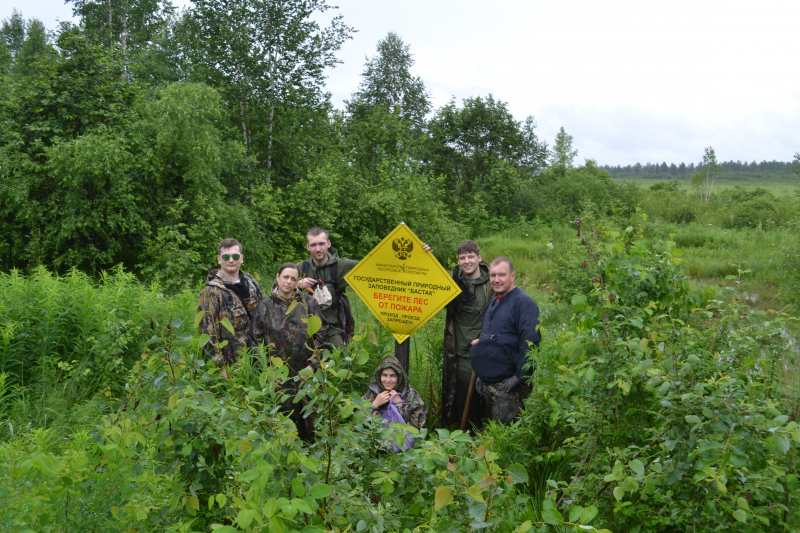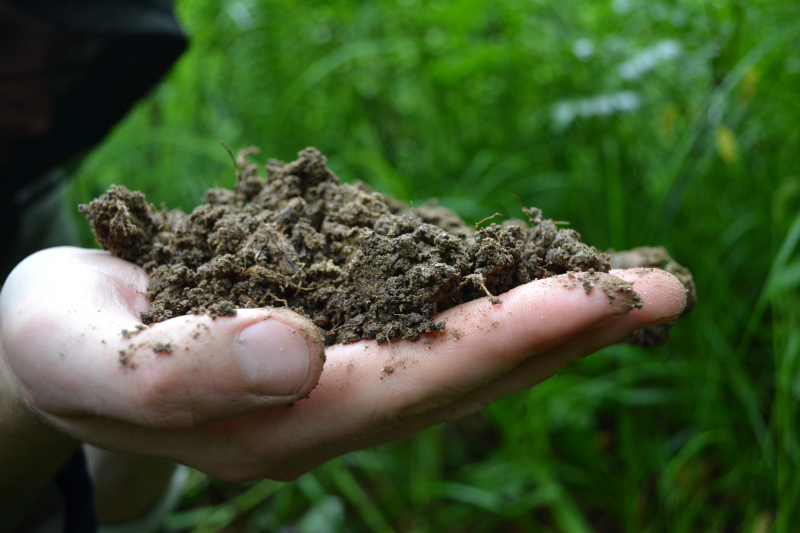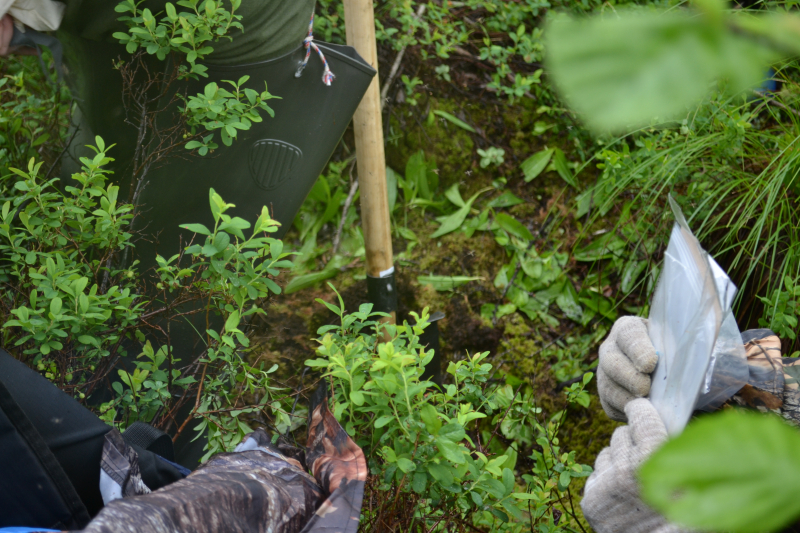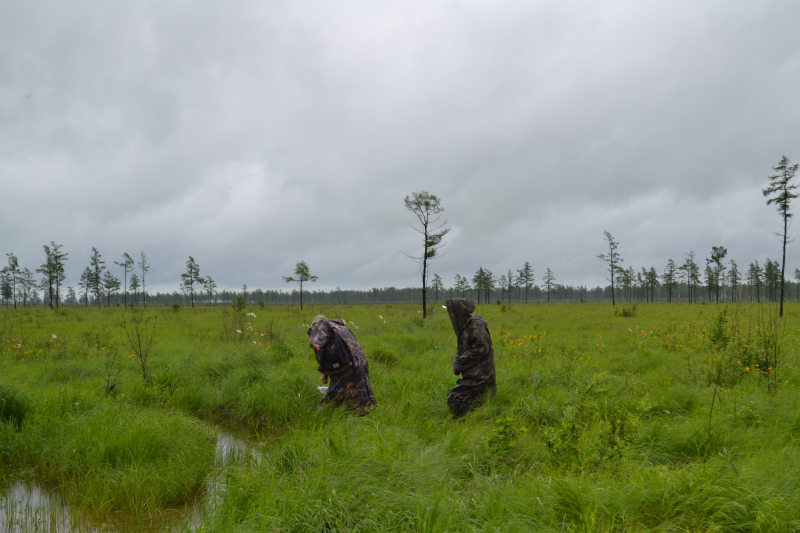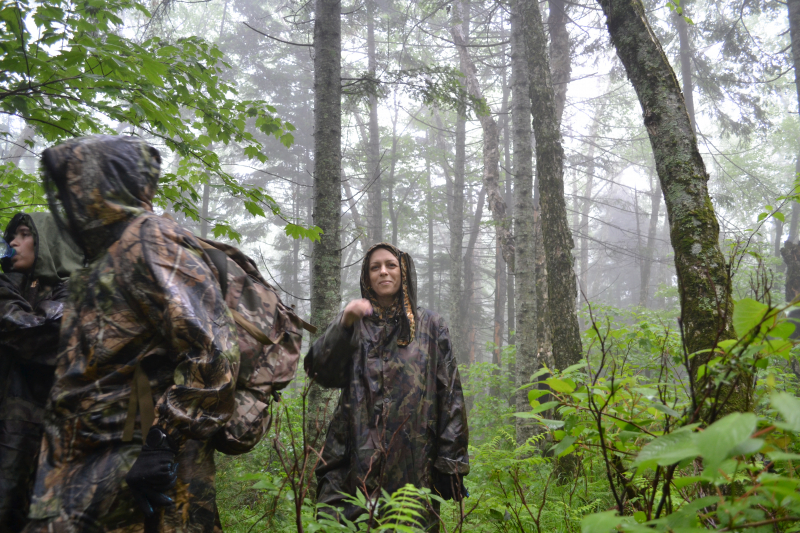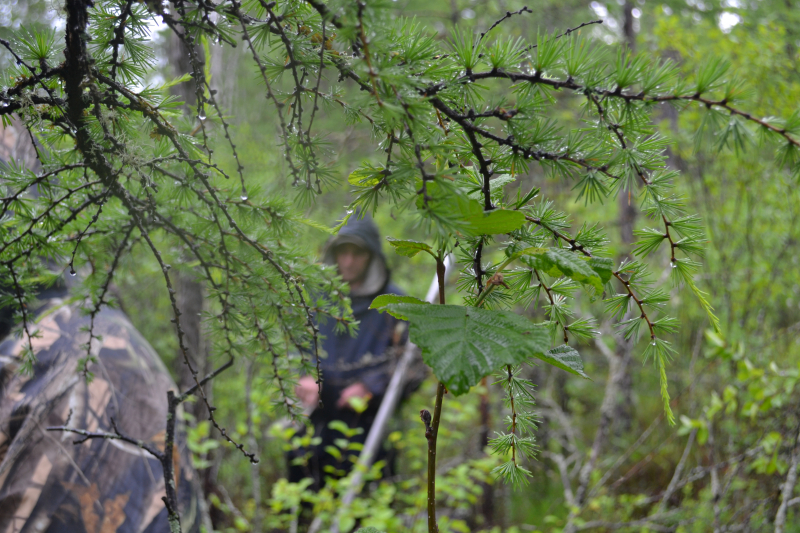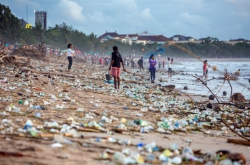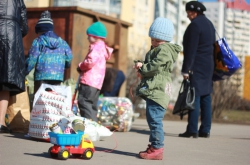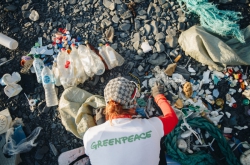In another world
The Bastak State Nature Reserve was founded 25 years ago and comprises an area of 127,094 hectares in the Jewish Autonomous Oblast. One of the reserve’s main features are the old-growth cedar-broadleaf forests formed by the monsoon climate, while its symbol is the hooded (black) crane, a rare animal that nests in the area.
To ecologists, Bastak is particularly interesting for its biodiversity and variety of landscape. It is also home to rare species of flora and fauna. The Russian Far East’s nature is radically different to that which the residents of St. Petersburg are used to; in terms of climate and forestation, it is not that different from a jungle.
It was here that a group of students from ITMO’s Faculty of Ecotechnology (GreenTech) came to complete their practical training. Over the course of two weeks, from June 17 till July 1, they studied the ecological state of the bodies of water using GIS, aerial drone footage, and automated geochemical data collection methods. Their work also involved analysis of the soil and plant life of the nature reserve.
“The training took place as part of a partnership between ITMO and the Sholem Aleichem Amur State University. This is the first such joint initiative between GreenTech and SAASU, and the most exciting stuff is still ahead. This collaboration provides ITMO students with an opportunity to study ecosystems in a remote region that is rich with nature and resources. They can also use the acquired materials in their research and, therefore, contribute to the conservation of the environment,” tell us representatives of the Faculty of Ecotechnology.
The expedition involved five students: Egor Ivanov and Anna Permyakova, students of the Master’s program Industrial Ecology; Lyubov Podledneva and Aleksandr Sokolov, students of the Master’s program Environmental and Technosphere Safety; and Aleksei Vidler, a student of the PhD program Industrial Ecology and Biotechnologies.
Braving the wilderness
The training took part in the form of an expedition to the various natural landmarks of the reserve; the participants’ task was to conduct an environmental and geochemical assessment of natural and disturbed ecosystems. Each day, the students ventured deep into the nature reserve, across the overgrown hills and the flooded meadows, covering about 15 kilometers by foot. In the morning, they would ride out on a bus, reach the end of a road, and then hike towards their destination accompanied by a forest warden. The group’s points of interest were situated all around the reserve – from the south, where the river Glinyanka runs, and all the way to the north, near the border between the Jewish Autonomous Oblast and the Khabarovsk Krai.
During their trek, the trainees would set up sample plots and collect specimens of plants, soil, and water. The journey was complicated by near-impenetrable forests and high humidity; nevertheless, the students managed to summit the mountain Chernukha (650 meters above the sea level), reach the water-logged grasslands and swamps, and hike up and down the river Bastak.
What’s next
As a result, the team has succeeded in obtaining samples for chemical analysis from all over the nature reserve. The materials they’ve collected will be used to study heavy metals and how they affect forest fires. Analysis of the samples will be carried out in August using ITMO University’s spectral scanning equipment.
In addition, the participants plan to compare their field findings with satellite data, as well as conduct experiments involving machine processing of various environmental monitoring data.
At the Bastak National Reserve. Photo courtesy of the Faculty of Ecotechnologies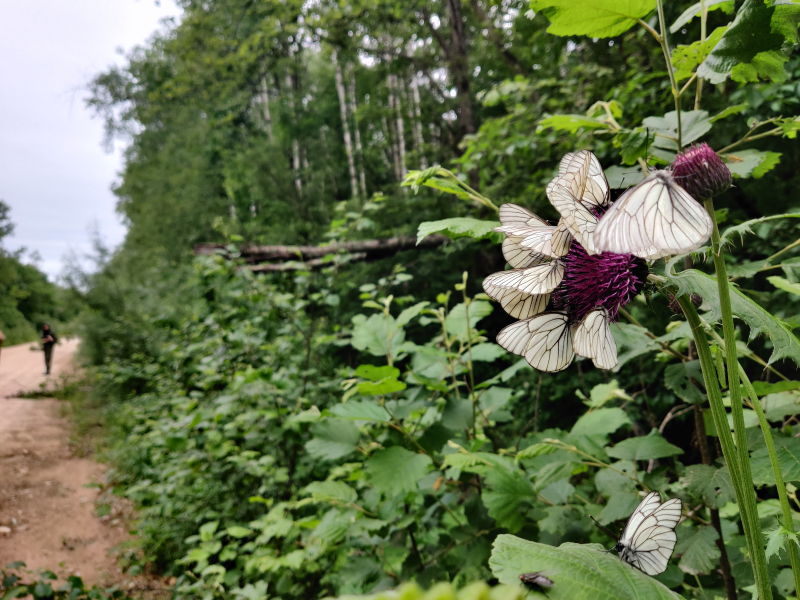
The students spoke to ITMO.NEWS about their trip and the experience they gained there:
Lyubov Podledneva:
I’ve never been on an expedition of this kind. As a Bachelor’s student, I did a lot of practice work in various parks and protected natural areas where I did field research. But this trip to the nature reserve will stay in my memory for a long time; it has been an excellent experience. I can’t name one particular thing I enjoyed – I loved it all: the routes, the nature, and the team.
Anna Permyakova:
During the expedition, we were able to not only study Bastak’s nature and collect material for analysis and publication, but also meet some remarkable people – the staff and the wardens, who helped us in all things and taught us a lot. It would be great to have more future opportunities to join such trips and conduct field research.
Aleksandr Sokolov:
We have already been able to produce results of an analysis of heavy metals in the water samples. Now, we need to study the presence of heavy metals in soil and in plants. In the future, if the opportunity presents itself, I’d love to go somewhere like this again. It was an unforgettable experience that I would like to reflect in my graduation thesis and employ in future expeditions.
ITMO.NEWS editorial team, based on material provided by the Faculty of Ecotechnology (GreenTech)
